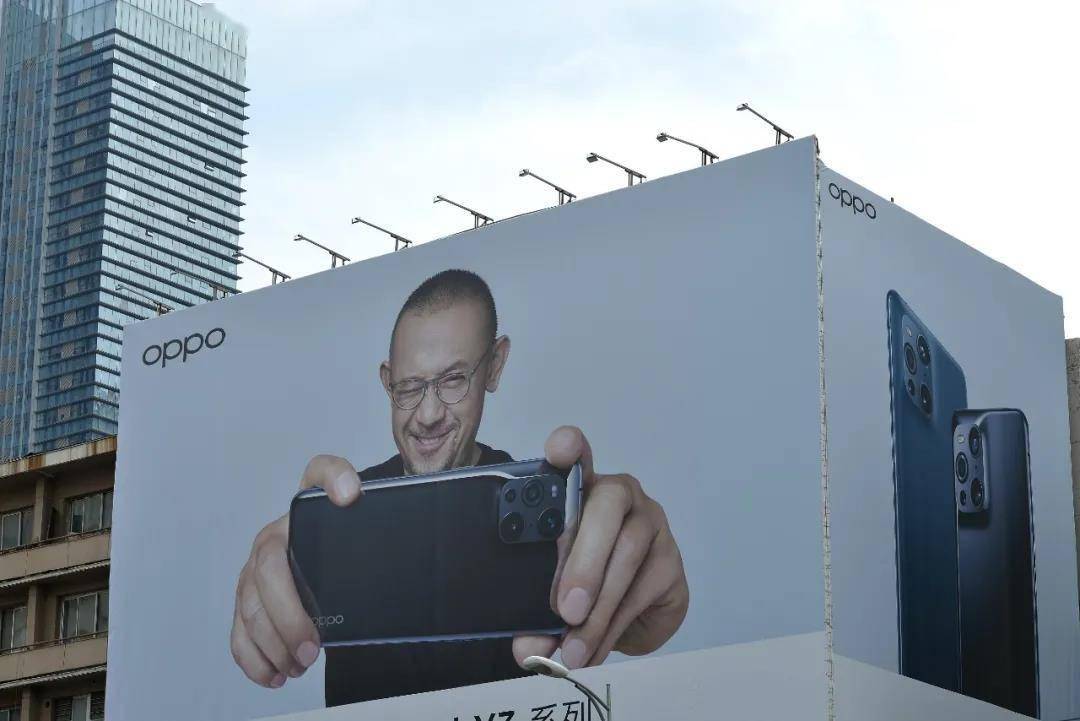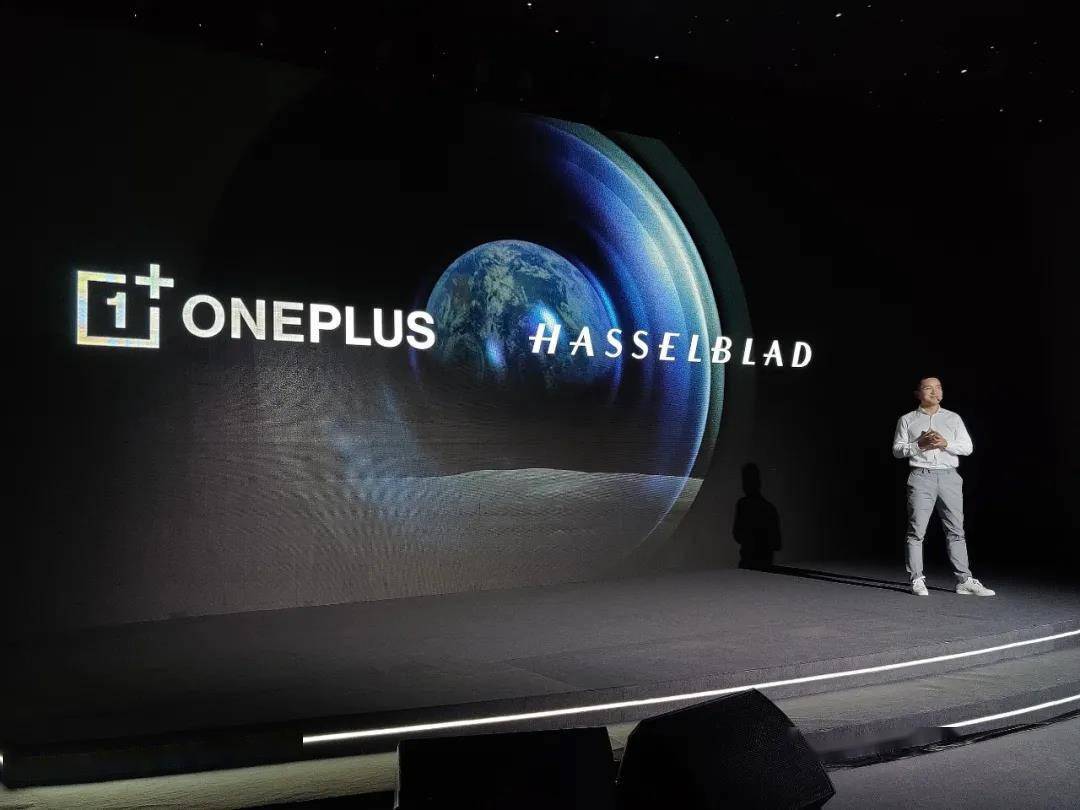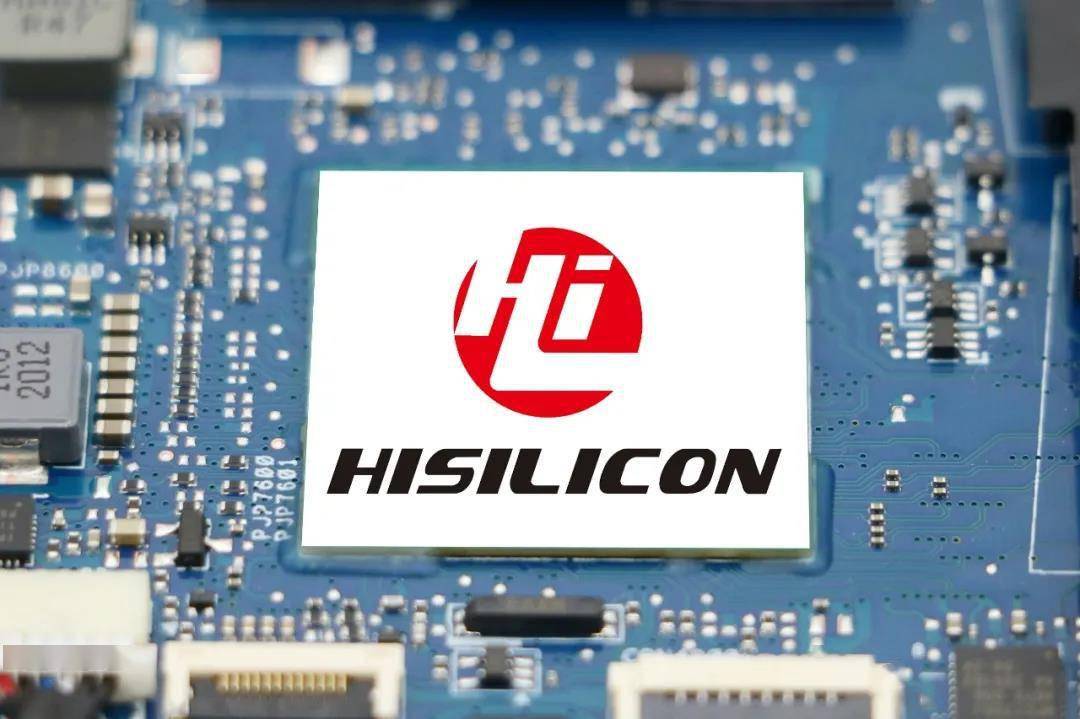
“Core Tips”
Domestic mobile phone manufacturers have seized the high-end market and successively launched high-end series of mobile phones, with prices soaring. The high-end route is still taking pictures, endorsements and making chips, all of which are the paths that Huawei has taken. It is an insurance approach, but it also lacks new ideas. Huawei’s high-end route is already 5 years ago, and the Chinese mobile phone market needs new tricks.
Author| Ma Hui
Edit| Zhang Yang
The high-end war of domestic mobile phones has entered a white-hot state.
On March 11, OPPO released FindX3, which attracted the endorsement of Wenqing master Jiang Wen, which enriched OPPO’s temperament. Ten days later, OnePlus released the 9 series in a high profile, and the hot search on Weibo couldn’t stop. After another 5 days, Xiaomi held its first spring conference, and brought Mi11UItra and a folding machine to screen the circle of friends.
Everyone is doing the same thing: hitting the high end.
The domestic high-end mobile phone market has been dominated by Samsung and IPhone for a long time. Domestic mobile phone manufacturers can only fight in the quagmire of low prices. After Huawei rushed out for a short time, it was suddenly hit by technical sanctions and was forced to withdraw from the competition in the high-end market. This leaves a window of space for the high-end market.
This time, domestic mobile phone manufacturers seized the opportunity for upward assault. At the end of 2020, OPPO announced that it would take the All For One product route and break the game with FindX3. OnePlus announced that Shigekura’s offline channels are “no longer small but beautiful.” Lei Jun accelerated the launch of Mi 11, and domestic mobile phone manufacturers are all betting on high-end.
High-end products have become more expensive, more cameras, and higher pixels. The practice of raising the brand’s grade is nothing more than cooperating with well-known camera manufacturers, looking for big names to endorse, and making chips.
It seems that domestic mobile phone manufacturers are just copying Huawei’s old way of hitting high-end, and they have not made new moves.
- Propaganda by the boss, endorsement by big coffee
The impact of Huawei’s core shortage will be apparent at the end of 2020. In the fourth quarter, shipments fell sharply by 42%. In the first half of the year, Huawei also occupied 44.1% of the high-end mobile phone market in China, surpassing Apple’s ranking first.
Huawei’s contraction leaves behind a large high-end market, while the space for China’s high-end market continues to grow. According to IDC data, the market share of China’s high-end smartphone market in the second quarter of 2020 is close to 40%.
With the growth of the high-end market, Huawei has withdrawn from the competition, leaving domestic mobile phone manufacturers with the best opportunity for high-end. At the end of 2020, Xiaomi, Huawei, OPPO and VIVO respectively launched 4 new models, all priced at three or four thousand yuan.
In the New Year’s speeches, mobile phone manufacturers have raised high-end to unprecedented heights.
OPPO Chen Mingyong announced that he will be among the first echelon of high-end flagship phones and break the game through FindX3. Chen Mingyong clearly recognizes that 2021 is the battlefield for high-end flagship aircraft, because the voice of opponents is not low.
At the end of the year, OnePlus, which had always kept silent in the country, increased its propaganda efforts at the end of the year. In his internal letter, Liu Zuohu asked employees to be ambitious and determined. After the release of OnePlus 9 in March, Liu Zuohu frequently appeared in public places, intensively mentioning that he would be a market upgrader and hit the top of high-end mobile phones.
The founders shouted and invited big-name celebrities to the platform to enhance the brand’s tone. OPPO took the lead in launching FindX3 with Jiang Wen. On Weibo start-up pages, subways, and bus stations, you can see Jiang Wen’s gentle face wearing tortoiseshell glasses with a smile on the corners of his mouth. Inviting Master Wenqing to bless, OPPO’s attempt to tear off the label of “factory sister machine” is very obvious.

OnePlus invited Hu Ge and Zhou Xun to endorsements. Netizens said, “It feels like OnePlus’ mobile phone is suddenly’up to the next level'”.
Domestic mobile phones abandoned their fascination with traffic stars. OPPO once signed more than 10 big-name celebrities such as Yang Mi, Di Lieba, Li Yifeng, TFboys, and Yang Yang. VIVO’s celebrity endorsements are among Lu Han, Peng Yuyan, Cai Xukun, and Lisa, and they have changed soup without changing medicine for many years.
Abandoning the merchandising logic of who is hot and who is the endorsement, domestic mobile phones take advantage of the strength of the big coffee, hoping to build a high-end brand awareness.
Xiaomi invited the original Kenza to design a new logo, changing Xiaomi’s impression of “cost-effectiveness” from the outside to the inside, creating a sense of technology and a sense of the future, and doing a thorough brand upgrade. At the Xiaomi press conference, Xiaomi took the opportunity to sell Xiaomi 11Ultra starting at 5,999 yuan, and also announced Xiaomi’s decision to build a car.
It can be said that battles in the high-end mobile phone market are one after another.
In addition to publicity, each company has also made corresponding adjustments in its products. VIVO confirmed the three thousand yuan and four thousand yuan files for X and flagship NEX. OPPO reorganized the product line, upgraded the R series to Reno and Find to FindX, and determined the parallel route of the two products.
After going through the chaotic Note and Max era, Xiaomi saved the digital series in the mid-to-high-end cost-effective way, and Mix explored upwards.
From the inside out, to the transformation of the product side, domestic mobile phones are all working towards the high-end.
- Taking photos is easy to learn, cultural output is lame
It is a consensus in the industry that heap hardware cannot be high-end, but high-end configuration is essential.
If you look at the vivoX60, OPPOFindX3, OnePlus 9, Xiaomi 11Ultra recently released by mobile phone manufacturers, three of them are flagship phones with standard Snapdragon 888, and the performance and selling points are similar. The most important imaging system has 100 million pixels and 50 million wide-angle. , X times digital zoom, even microscope mode, professional periscope telephoto, the camera changes from one to four, and easily 1 billion colors, 60w or more fast charge, pan-tilt anti-shake has become standard.
The rest is design, feel, and even labeling. For example, who can be the first to put the title of “Android Machine King” on himself. Similar labels include “Video Machine King” and “Android Light”.
When the technical parameters had already been internalized and could not be self-certified, mobile phone manufacturers began a cross-border alliance, VIVO teamed up with Zeiss, OnePlus and Hasselblad.

This kind of high-end advanced route that seems to add points is actually not a new practice.
In 2016, Huawei succeeded in getting Mate7 out of the circle through a cross-border joint method. On the camera, Huawei invited Leica to work with Leica to polish the “Leica lens” and install it on a Huawei mobile phone. This is the first time that a mobile phone has the camera’s aperture and blur function, and it has taken advantage of the trend of “Young People’s Number One”. “Taiwan Leica” marketing slogan.
This successful endorsement enabled Huawei to take advantage of its camera technology, coupled with the precise high-end positioning of the Mate and P series, the gradual maturity of Kirin chips, and the output of soft marketing, Huawei has established itself in the high-end market in 5 years.
Put Huawei’s high-end road aside and compare it with the current high-end practices of domestic mobile phone manufacturers. Whether it is from cross-border friendship, playing camera cards, or changing endorsements, the once successful Huawei has become a target of “plagiarism.”
However, it is not special to pull old-brand cameras to do endorsement. No matter which domestic mobile phone manufacturer is, it is difficult to break through just by pulling the endorsement of the camera manufacturer and refreshing the parameters like the original Huawei.
And what really dominates the user’s mind is the soft output. In contrast to Apple, this mobile phone company, which never takes parameters as a selling point, dominates the minds of users with high standards of quality and geek spirit. In 2015, Huawei began to create the “Huawei Dream”, created a short piano girl “Dream It Possible” overseas, laid out “ballet feet” advertisements, and invited the ball king Messi to endorse, telling the cultural foundation of Huawei’s struggle and battle. It laid a solid foundation for Huawei’s high-end development.
The same is soft output. Huawei has created the “Jazz Life”, “The Gentleman Rulan”, and “The Years Are Like Water” series of business propaganda films, which accurately encloses the elite group for Huawei. This is precisely the fact that the manufacturers who have been fighting for many years in the low-priced market have not made up for it. Qi’s shortcomings.
The road to high-end domestic mobile phones requires more exploration than taking pictures.
- It’s not so easy to make chips
The hardware configuration is getting mature day by day, but in terms of core technology, each company is still struggling.
Especially under the predicament of global core shortage, even if Xiaomi announced the first release of the Snapdragon 888 chip, the price-performance ratio of Xiaomi 11 outperformed the late OnePlus 9, but it still has to face the problem of core shortage.
According to an industry insider, in the global shortage of cores, mobile phone manufacturers not only need to place an order first, but also need to grab the goods if they want to get the components. The amount of goods distributed by each company is variable and limited.
Huawei is the chip to achieve a breakthrough. For domestic mobile phone manufacturers, the chip is a must for high-end.
However, there is a price to pay for making chips. In 2014, Huawei’s first chip, K3V2, was applied to a variety of models, but it would freeze within two months. Huawei also left the impression of “Giga” at that time.
K3V2 also accumulated experience for later Kirin chips. In 2015, Huawei P9 equipped with Kirin 955, becoming Huawei’s first flagship machine with sales exceeding 10 million. Kirin chips slowly developed, reaching the top Kirin 9000 in 960, 970, and becoming the core competitiveness of Huawei’s high-end flagship Mate and P series.
Behind this is huge R&D investment. Huawei started to make mobile phone processors in 2009. According to Huawei’s 2020 Intellectual Property White Paper, in the 10 years from 2010 to 2019, Huawei has invested a total of US$90 billion in research and development expenses. According to the ranking of enterprise R&D investment released by the China Business Industry Research Institute, Huawei ranked first with 131.7 billion yuan in 2019, surpassing Alibaba, China Mobile, Baidu and JD.com.
Huawei has launched a HiSilicon in 10 years. It is a bottomless investment to make chips. Mobile phone manufacturers have to work hard on chips when they are hitting the high-end.

OPPO has established a semiconductor company and hired grassroots engineers from Spreadtrum and Huawei. In the spring and autumn recruitment of fresh graduates in 2020, OPPO spends a lot of money to recruit people, and the salary is 2 times higher than the average salary. This makes semiconductor insiders nervous and expecting, “It’s better to be willing to spend money than not to spend it.”
However, the industry is holding a wait-and-see attitude on whether OPPO can successfully make cores. Because the engineers recruited came from different companies, OPPO was reported to be incompatible with the team. On a professional website in the semiconductor industry, suspected internal engineers caused controversy on the internal posts of OPPO core manufacturing, mainly due to the division of labor.
Xiaomi started to make chips in 2014 and only produced a small chip in 2021. The hardship is self-evident.
What’s more cruel is that when Huawei originally developed chips, Apple and Samsung were still using third-party chips. Now Apple uses self-developed chips. Samsung will restart its self-developed chip project plan in 2020. Domestic mobile phone manufacturers want to improve performance, Surpassing them in experience is more difficult than Huawei.
High-endization can not be easily achieved by combining a big name or asking a big coffee to endorse it. The R&D and value output behind it are all a long-term process. Domestic mobile phone manufacturers seem a little anxious, and they have not yet made the path of Huawei’s high-endization. rely.




























































You must log in to post a comment.